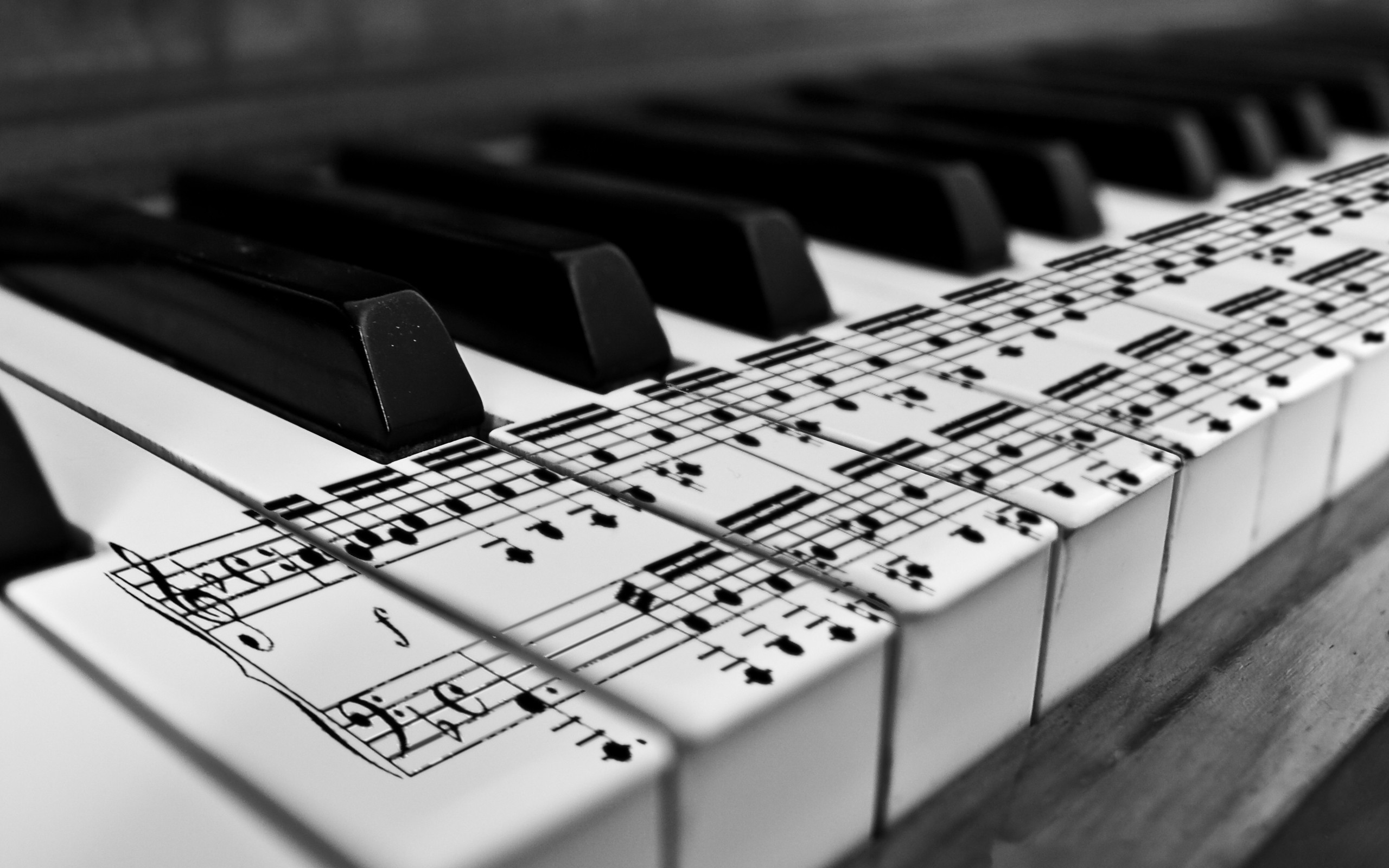
Instruments For Beginners
It’s very hard to get into music without finding a link, something that attaches you sentimentally and technically as something to improve and use to express yourself. Unless learning how music works, this is reading, writing, and all of the structure of music, is just a hobby, there are always instruments, and or voice, but how do we know which in instrument is the one? Well it’s all about trying out every instrument you can get your hands on. Here are a few tips on how to approach some of the most played instruments in order to make the experience more entertaining and appealing.
Singing
While singing could be seen as something else rather than an instrument, this is the first mistake one can make. The voice is an instrument, and just like any other one has to learn how to use it, a good voice won’t come from a few days of practice, and because we use our voices everyday it’s easier to become insecure, listening to ourselves doing something different than speaking because it doesn’t sound like the usual speaking voice, but that is ok, because it’s not, it’s something else, it’s an instrument, so make sure to switch to instrument mode, and don’t pretend to have your everyday recognizable voice an expert singer so fast, find your instrument voice.
Guitar
One of the most common issues when starting to play guitar, is that the strings don’t sound as well as they should because they are not being pressed correctly. This is a very early stage but it can be quite frustrating because when trying to play chords or go a little faster it doesn’t sound good. The best thing to do is to let your fingers adjust to the pressure that has to be put, and be patient to try and play some scales in between chords as a warm up. But most importantly, experiment and have fun, because it’s one of the easiest instruments to get creative with.
Piano
Playing piano is one of the most precise experiences in music, that’s why it’s one of the “go to” instruments for teaching music. When approaching to a piano it won’t be very hard to pick up a few notes, memorize and play a tune and that is what you should do first, because it’s very welcoming in that way. The complicated part comes when using both hands, where usually one acts as the bass and the other does all the complicated melodies. The easiest way to use both hands at first is to start with one note on the bass in harmony with the melody, and after that play with octaves in the bass to give a real full sound while practicing with both hands.
Bass
While it’s also a string-based instrument like the guitar, it doesn’t mean that the approach is the same, every string-based instrument has its own set of rules if you will, and a certain feel to it. When it comes to bass it’s less about fast mobility and more about precision, due to the sound and size of its strings. The best thing to do is to know when and where to play a certain note, since the bass gives a lot of what the body and rhythm is in a composition.
Drums/Percussion
Here all the attention goes to rhythm, although of course percussion requires tuning, and precision in its notes, the first approach should be to keep a good rhythm, and as you get more comfortable, add more layers to the overall body of it. Of course, it depends on the type of percussion being played, but the best most complete example are drums, since it’s a package of percussion types all being played by one person, that’s why developing limb independence while keeping track of the rhythm is the most important thing here. So, if planning on playing drums, work on that rhythm with your foot on the kick, and the hi hat, everything else has to fall into place after that.


